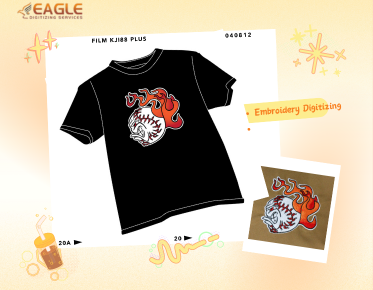Screen Printing a Custom T-Shirt: A Step-by-Step Guide
Creating a custom t-shirt using the screen printing technique is a rewarding and engaging process that allows you to bring your creative visions to life. Whether you're looking to make personalized gifts, establish a brand, or create promotional merchandise, screen printing offers vibrant and durable results that stand out. In this article, we will navigate the step-by-step process to help you confidently embark on your screen-printing adventure.
Understanding Screen Printing
Screen printing, also known as silk screening, is a versatile method of transferring designs onto various materials, such as fabric, through the use of stencils. This technique has remained popular due to its ability to produce high-quality images with rich colors and fine details. It is widely used in creating custom t-shirts, and its process involves the use of a screen (a fine mesh stretched over a frame), ink, and a squeegee.
Gathering Your Materials
Before you dive into the process, it's crucial to gather all necessary materials. Here's what you'll need:
- A screen (preferably with a wooden or aluminum frame)
- Photo emulsion and sensitizer
- A dark room or space
- Bright light exposure unit
- Squeegee
- Screen printing ink suitable for fabric
- Emulsion remover
- A design printed on a transparent film
- A plain t-shirt
Preparing Your Screen
The first step in the screen printing process is the preparation of your screen. Coat your screen evenly with a photo emulsion combined with a sensitizer. This emulsion will later allow your design to be transferred onto the screen. Let it dry in a dark room to avoid exposure before the next step.
Transferring Your Design
Once the emulsion is dry, place your design, which should be printed on a transparent film, onto the screen. Expose the screen to bright light for the recommended duration, usually around 20 to 45 minutes. Depending on your setup, exposure durations can vary. The light hardens the emulsion on areas not covered by your design, creating a stencil.
Developing the Stencil
After exposure, the next step is to rinse the screen with water. The areas covered by your design will wash away, leaving a stencil of your design on the screen. Ensure all unwanted emulsion has been removed before proceeding to printing.
Printing Your T-Shirt
Position the screen over your t-shirt, making sure it's secure and aligned properly. Apply a generous amount of screen printing ink at the top of the screen. Using a squeegee, pull the ink across the screen with firm, even pressure. This presses the ink through the screen and onto the fabric. Repeat this process if necessary to ensure full coverage.
Curing the Design
Once printed, it's essential to cure the ink — this ensures the longevity of your design on the shirt. You can cure the ink using a heat press, a flash dryer, or by ironing the design on a high setting for a couple of minutes (if the ink allows). Curing binds the ink to the fabric, making it durable throughout washes.
Cleaning Up
After your printing session, thoroughly clean your screen using emulsion remover to preserve its usability for future projects. Proper screen maintenance is crucial for continued quality in prints.
Embrace the World of Custom T-Shirts
Screen printing offers a fulfilling and creative outlet for expressing individuality or brand messages through wearable art. With practice, you will refine your technique, improve your precision, and potentially expand into more complex designs or even establish your own custom t-shirt business.
Considering how detailed and efficient the screen printing process can be, might you see opportunities beyond t-shirts, perhaps expanding into other printed materials like posters or custom tote bags? The world of screen printing is full of possibilities, and it's up to your creative vision to explore these horizons.
For those interested in ensuring the highest quality of vector images for their screen printing, you may consider vectorization services. Eagle Digitizing offers impressive vector art conversion services that can enhance the clarity and scalability of your designs, making them perfect for screen printing applications.
Additionally, companies like Vector Art Services provide online vector conversion services, ensuring your hand-drawn or digitized designs meet professional printing standards. As you continue to enrich your screen printing skills, investing in quality vector art will prove invaluable.


